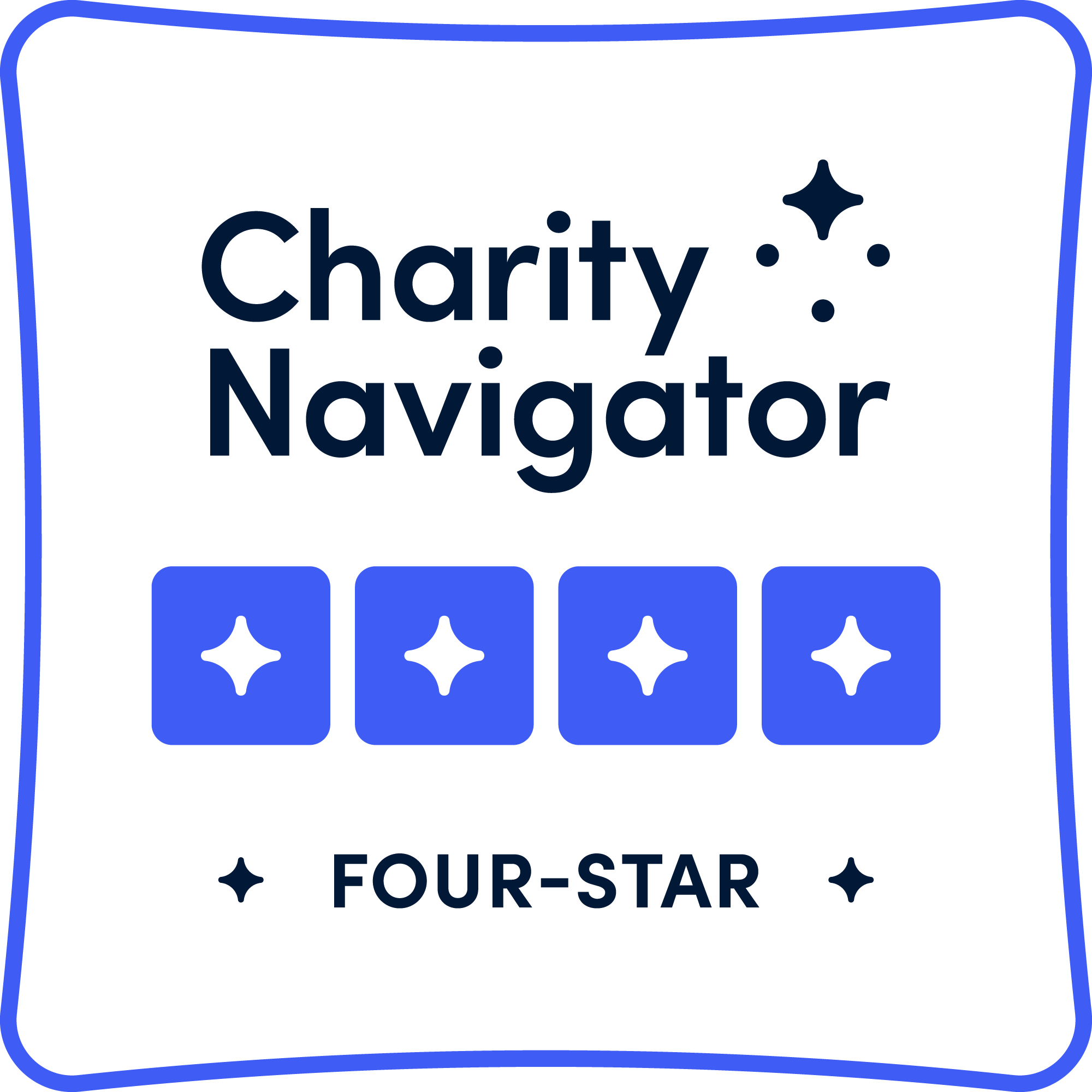Why Collaboration Matters: Interconnected Human Needs
As of November 1, 2020, National Veterans Intermediary (NVI) is called the Local Partner Network. Older content may reference our original name.
Why do community collaboratives matter? That’s the question we’re addressing in a three-part series on veteran collaboratives. It’s not enough to simply have resources available in a community—access and outcomes must be considered, as well. The experience of the veteran matters not only for their satisfaction, but for the outcomes that can be achieved by a coordinated approach.
Thinking about your community as it is right now, which is more complicated for veterans living with an unmet need:
Continuing with the day-to-day struggles of an unmet need?
or
Accessing and using services meant to meet the need?
Take a moment to try on one veteran’s shoes:
You’re unemployed and actively job-seeking, in the middle of filing for a VA disability rating. Since your SSDI expired, you’ve had no steady income. You have a roof over your head, but your landlord seems keen to move you out so he can charge more for your subsidized apartment. Your spouse relinquishes custody of your teenager and you suddenly have two mouths to feed. In order to achieve gainful employment, you need to learn a trade, but you’re outside the eligibility window for the GI Bill. On top of all that, you lack a roadworthy vehicle. What do you do? Where do you even begin?
Let’s take a quick inventory of this veteran’s needs, barriers, and resources.
Needs:
- Employment
- Education
- Veterans Benefits Support
- Tenant Rights Support
- Nutrition Support
Barriers:
- Lack of recent job history
- Disability
- Poverty
- Possible Age Discrimination
- Housing insecurity
- Transportation
Resources:
- Career One-Stop
- Community college system
- Federal education support (FAFSA, GI Bill)
- VSOs
- Pro-bono legal clinics
- Veterans Benefits Administration
- Veterans Health Administration
- Local nonprofits for donated goods
- Food pantries
- State and Federal nutrition assistance programs
- State bureau of veterans services
- Subsidized transportation programs
It’s rare that a human need is singular, standing alone from our other human needs. This particular veteran’s needs span every layer of Maslow’s hierarchy. The resources needed to support the veteran span four echelons of government (local, county, state, federal), public and private sectors including nonprofits (social service and faith-based) and businesses, and six (or more) social issues areas. Talk about complex.
Now that we’ve considered the complexity and breadth of one hypothetical veteran’s needs, let’s zoom out a little:
- Nearly two million veterans have family incomes below 125% of the Federal Poverty Level
- 71% of those households or members of the military have experienced civil legal problems (such as child custody, education, employment, disability and consumer protection)
- More than 20% report experiencing six or more legal issues in a year
Imagine contending with hunger, housing insecurity, legal issues, health concerns, job search, and more, while also maintaining communication with 12 or more resources. For the past couple of decades, the coordination of resources has fallen on the broad and agile shoulders of case managers. Case managers will, of course, continue to be vital to resource coordination. But imagine the increased impact of coordinating resources in a community that has worked to align their resources, identify and address gaps, and improve access and outcomes. An accessible, navigable system of resources opens up opportunities for self-service, minimizes frustration and disengagement, and lets resource experts focus on bridging the toughest gaps and barriers.
To achieve a navigable, accessible system of resources, it’s vital that communities collaborate. The interconnectedness of human needs requires tailored, flexible, coherent responses that can only be achieved with a collaborative approach.
Questions to ask your collaborative:
- Right now, is it more complicated for veterans in your community to “get by” on their own, or to access resources?
- Consider a case study of exemplary coordination among your collaborative members in service to a veteran. What parts of the case are replicable? Can they be applied systemically?
Kent Peterson serves as Senior Advisor, National Partnerships at National Veterans Intermediary. A strategist with 25 years of experience guiding organizations to clarify goals and foster partnerships, Kent combines his expertise in collective impact with military cultural competency to identify needs, frame problems, and develop collaborative solutions.









